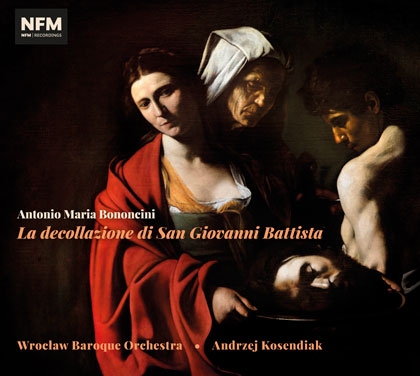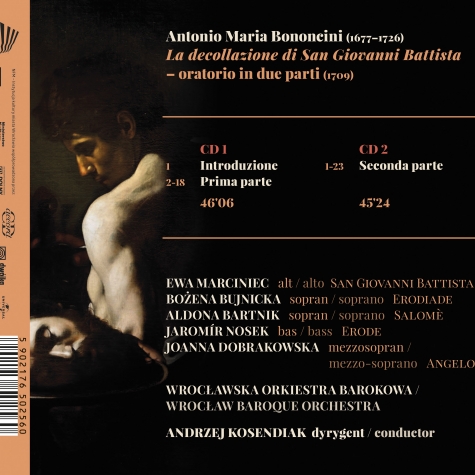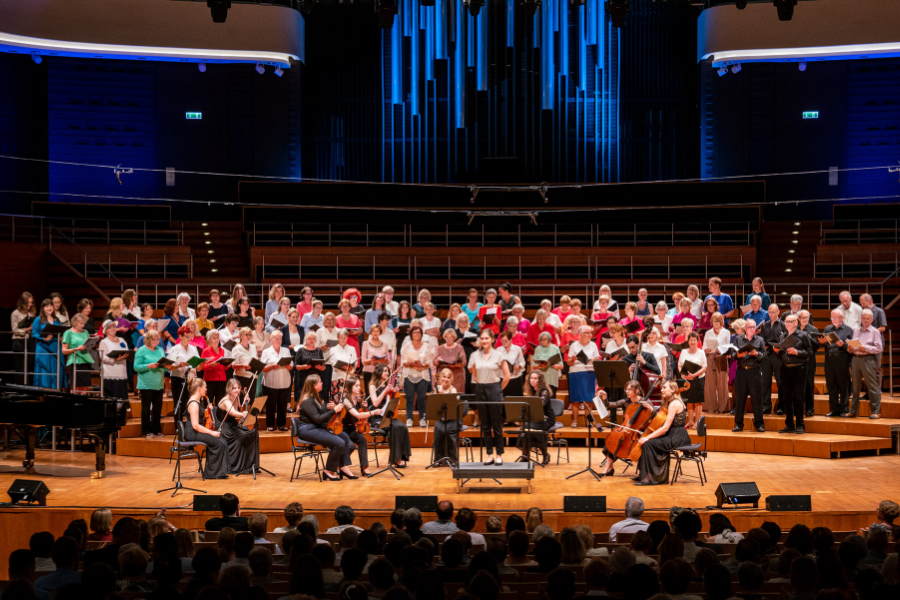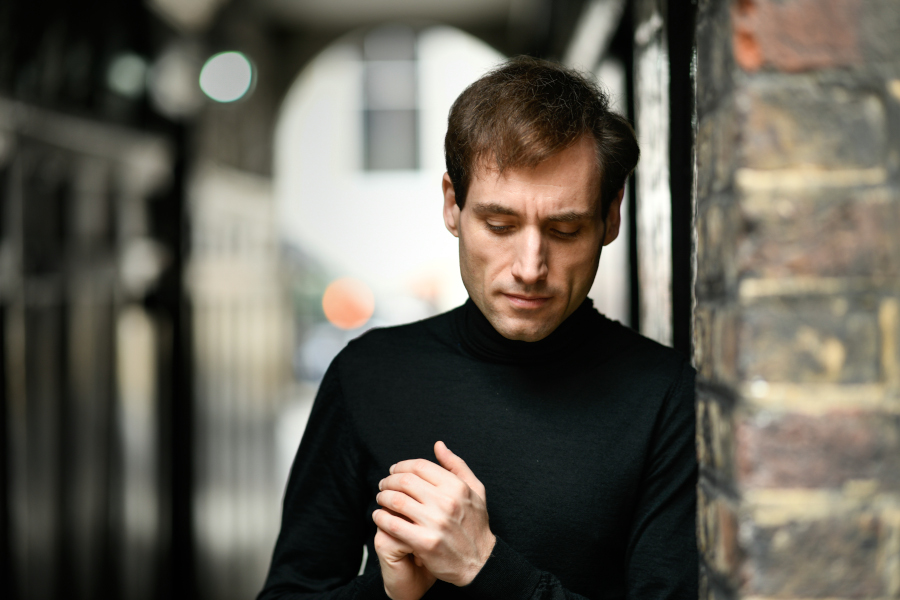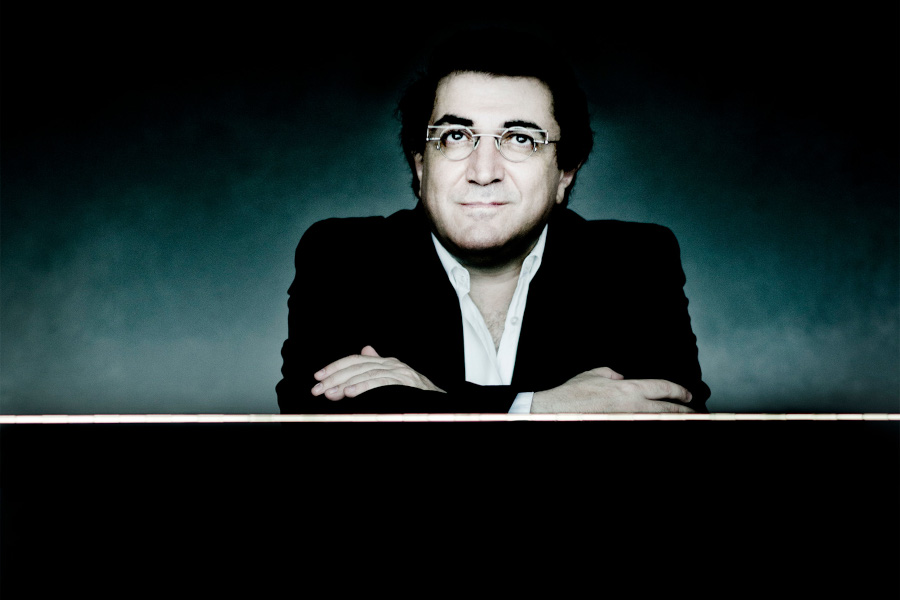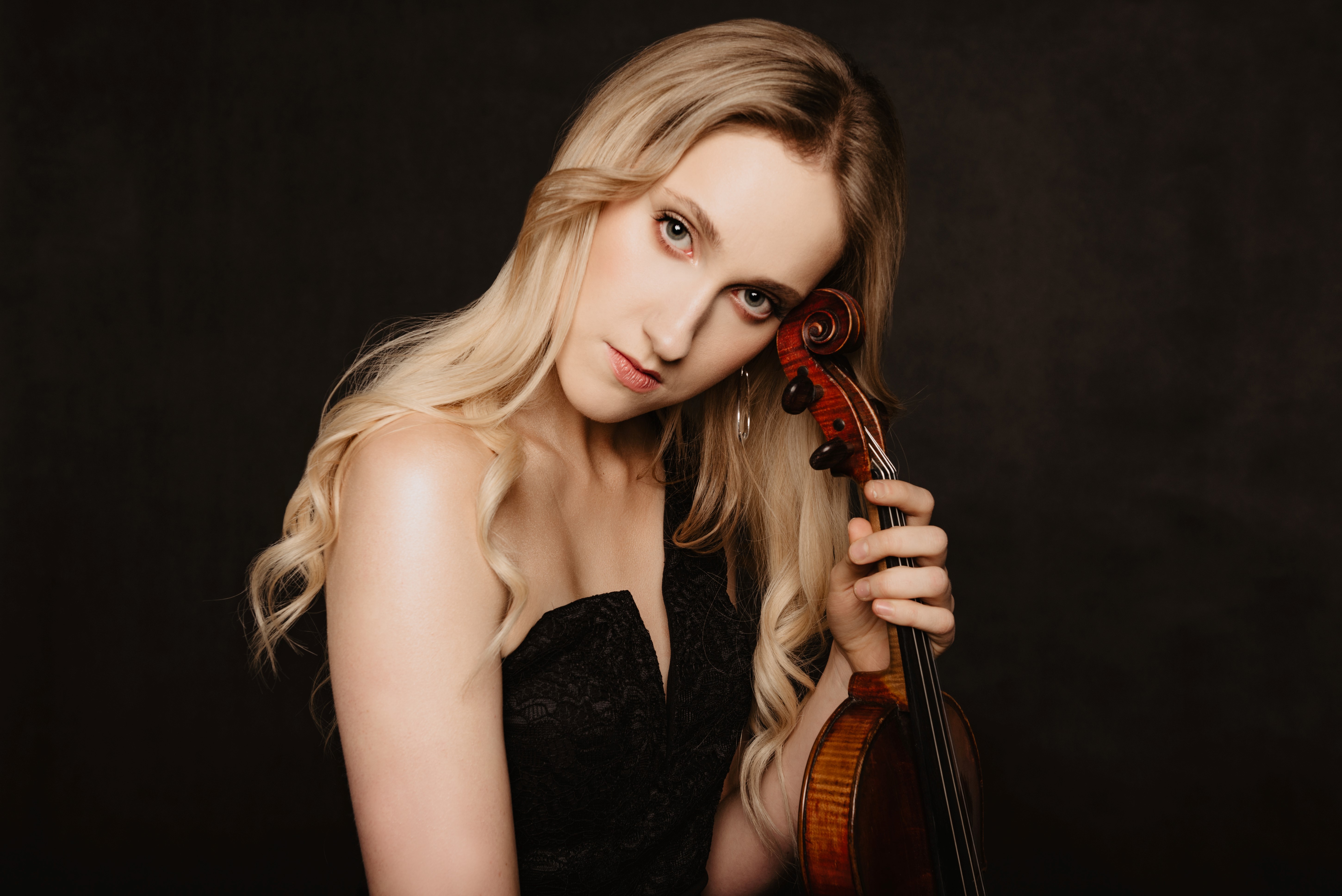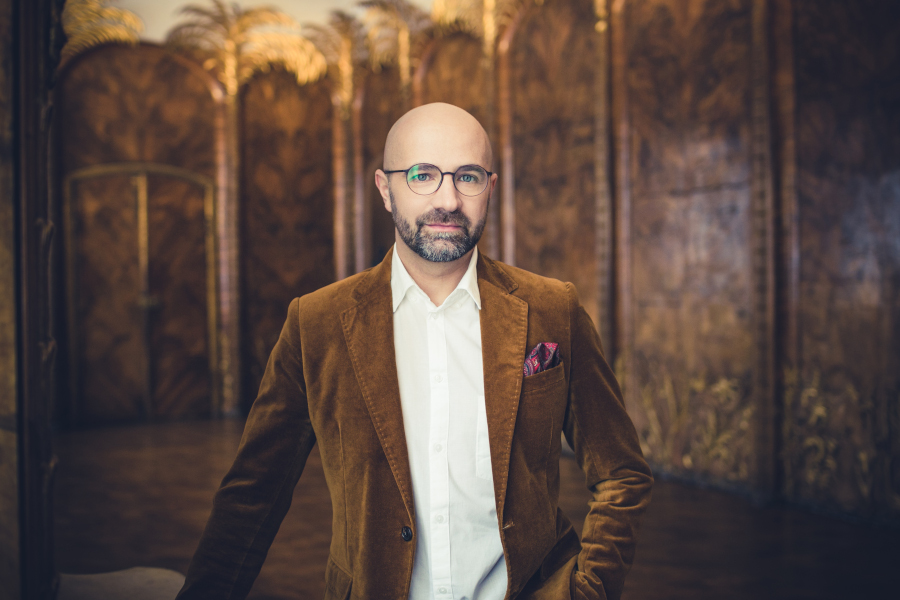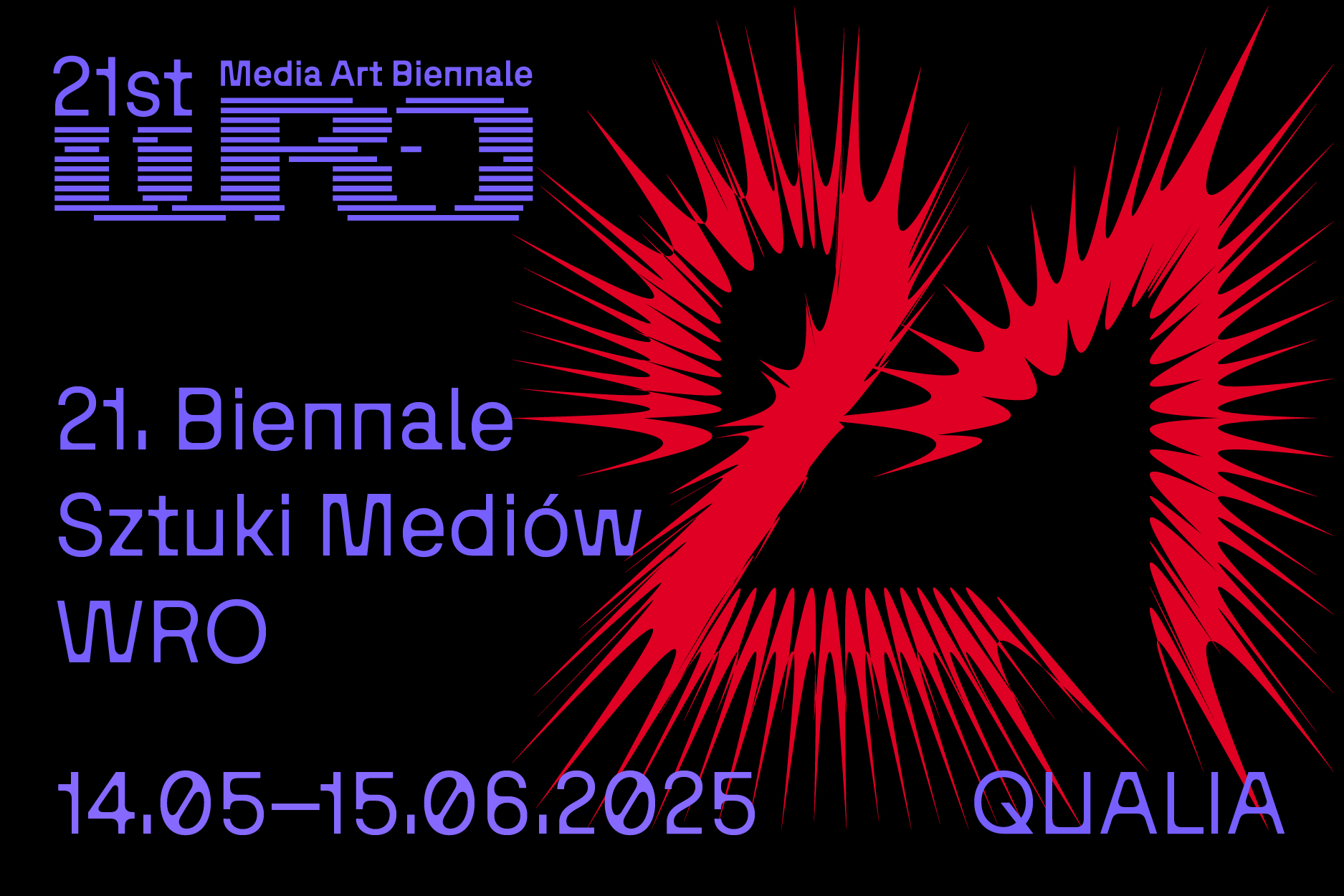La decollazione
An oratorio telling the biblical story of the beheading of St John the Baptist, presented in the Baroque version by composer Antonio Maria Bononcini, written in the first decade of the 18th century.
Date of release: 2019
Publishers: National Forum of Music, CD Accord
Conductor: Andrzej Kosendiak
Performers:
Ewa Marciniec, Bożena Bujnicka, Aldona Bartnik, Jaromír Nosek, Joanna Dobrakowska, Wrocław Baroque Orchestra
Bononcini’s La decollazione was first performed during the Lent of 1709 in the chapel of Emperor Joseph I in Vienna, one of four he composed for the court between 1705 and 1711. The musical establishment there was dominated for a time by Italian composers and employed many virtuoso singers and instrumentalists. The rather sober scoring of La decollazione for strings and continuo might be explained by the Lenten presentation, but the vocal and instrumental demands of the piece fully exploited the brilliance of the Viennese musicians, and their skill in opera. At the same time, Bononcini integrated his skills in counterpoint, normally associated with sacred music, throughout the work so that it presents as both worldly and spiritual.
This contrapuntal severity can be heard in the orchestral Introduction, the closing Coro Muore il giusto, sung by the 5 soloists, and several of the arias, particularly St John’s Bacio l’ombre, set in the dark key of F minor. The role of St John is sung by an alto, a vocal register often used for heroes in Baroque opera, when they were performed by castrati with powerful lungs. The morally weak Herod is sung by a bass, while Herodias and Salome would both have been sung by soprano castrati representing women and are given music that is especially sensuous in style. The duet Rieda pure sung by Herod and Herodias early in the piece would be an effective love duet in any opera of the time, and yet is also impressively contrapuntal, interlocking the lovers in the ways of earlier Italian madrigals.
Bononcini employs the convention of the da capo aria throughout the oratorio but writes out the return of the A sections rather than using the shorthand of DC. However, at the dramatic turning point in the story, where Salome is singing the solo Delle palme and we presume is dancing for the guests, Herod cuts her off with his passionate recitative Non più deh cessa before she has even completed the B section. After that, he begins his offer of granting her a wish. While this break with musical convention might seem like a small thing today, in Bononcini’s time, it was a very unusual and vivid depiction of Salome’s erotic power and Herod’s weakness. His extended aria that follows is Nulla si nieghi featuring two solo cellos, which we can speculate was played by the Bononcini brothers.
The character of the Angel does not appear in the gospel accounts, but is a typical addition of libretto poets, allowing for additional spiritual commentary, as well as even more virtuoso vocal display. Who better to exhibit stunning coloratura than one of the heavenly hosts? Handel’s oratorio for Rome of about the same time La resurrezione employs an angel with equal vocal skills, although that one is mentioned in the gospel accounts.
The La decollazione oratorio includes a lot of wonderful arias, some for just voice and continuo and others with full and brilliant string accompaniment. The work has been known and studied by scholars but is now ready to be appreciated and admired by audiences (…) this recording makes a valuable contribution by sharing a little-known masterpiece with the world.
Prof Brent Wissick, University of North Carolina, Chapel Hill
